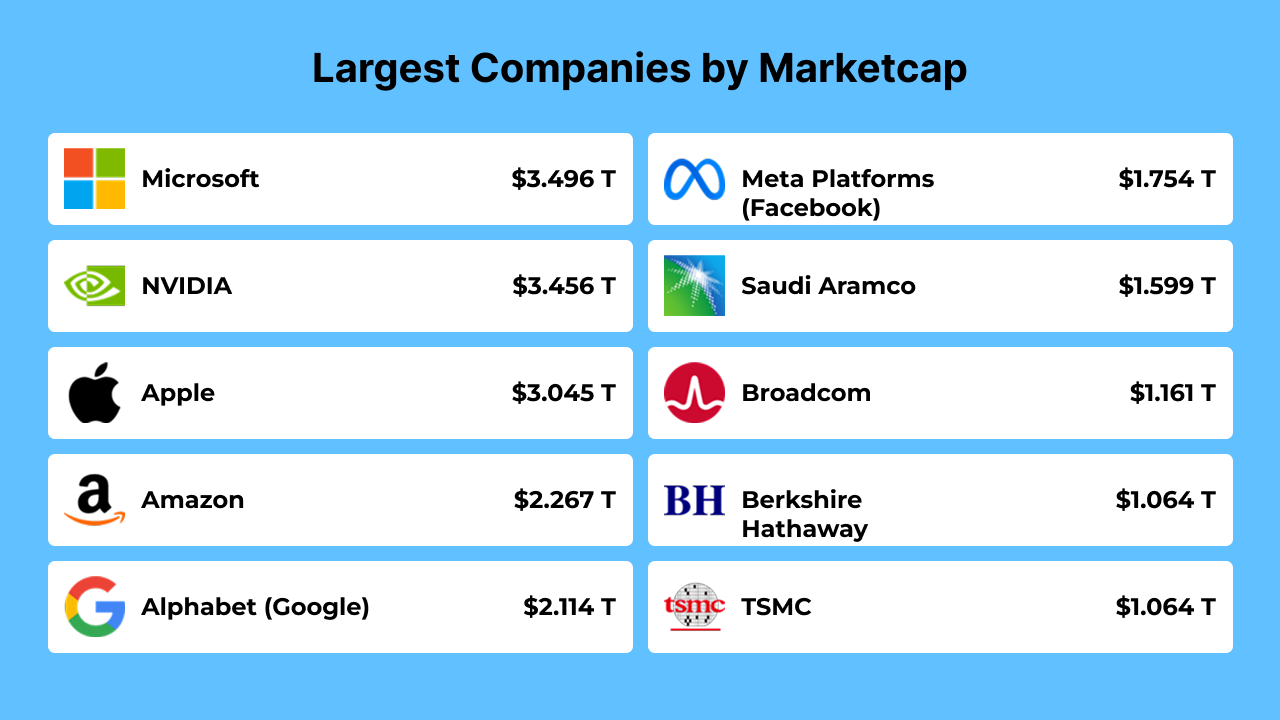Aging unfolds in distinct stages characterized by synchronized cellular shifts across organs, according to a groundbreaking study by Rockefeller University. Insights from this research, published in Science, could reshape how we approach aging, highlighting molecular targets and sex-specific variations in cellular dynamics.
Using single-cell sequencing to analyze over 21 million cells from all major organs in mice across five life stages, scientists created the most comprehensive atlas of mammalian aging to date. Led by Junyue Cao and graduate student Zehao Zhang, the study challenges the idea of aging as a gradual process, suggesting instead that it occurs in developmental bursts triggered by specific molecular signals.
Aging Mirrors Seasonal Transitions
Much like how deciduous trees drop their leaves rapidly in response to environmental cues, the study reveals that certain cellular populations across organs change dramatically at specific life stages. These shifts involve some cell types expanding in number while others diminish, controlled by common molecular pathways that could serve as intervention points for slowing or even reversing aging.
Pioneering Single-Cell Sequencing Methods
The team used an innovative adaptation of EasySci, a single-cell sequencing protocol, to analyze cellular activity in organs as diverse as the brain, liver, muscle, and fat. This universal platform overcame challenges of consistency across tissues, allowing the team to map 21 million cells from over 600 samples taken from male and female mice.
“This unified system enables us to dissect aging mechanisms systematically across the entire body,” said Zhang.
Key Findings: Cellular Shifts and Critical Time Windows
The researchers identified over 10 major cell types and 200 subtypes showing marked depletion or expansion during life’s various phases:
- Early Adulthood (3-12 months): Decline in specific cells within fat, muscle, and epithelial tissues.
- Advanced Adulthood (12-23 months): Proliferation of immune cells, including subtypes of T cells and B cells, linked to inflammatory and autoimmune conditions.
Interestingly, removing these immune cells in mice mitigated aging-related changes in other cell types, underscoring their regulatory role in aging.
Sex-Specific Insights
The study revealed significant cellular differences between males and females across all organs. For example, female mice experienced a unique expansion of aging-associated B cells, possibly explaining higher autoimmune rates in women. These findings emphasize the need for sex-balanced research to uncover generalized and sex-specific mechanisms in aging and disease.
The PanSci Dataset: A Treasure Trove for Future Research
The PanSci dataset, the largest single-cell atlas of mammalian aging, is now available for scientists worldwide. It offers rich data for studying specific organs, cellular lineages, and sex-specific dynamics. Its well-curated structure also makes it ideal for machine-learning applications, such as age prediction and virtual cell modeling.
Next Steps: Cao’s team plans to investigate poorly characterized cell types, sex-specific aging mechanisms, and their roles in diseases.
This study sets the stage for a deeper understanding of aging as a staged and molecularly regulated process, opening doors to therapies that could reprogram aging and improve quality of life.






